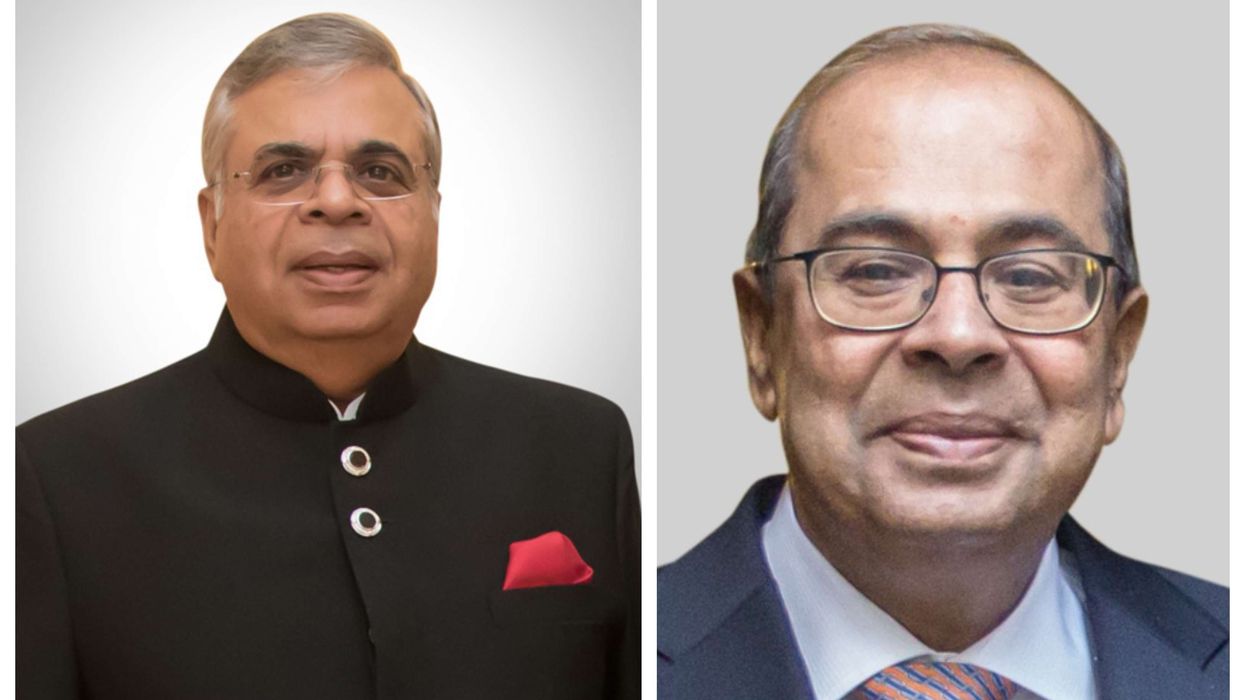EXHIBITIONS mixing south Asian art from the past and present are like buses, it seems. There are none for ages and then two come along at the same time.
At the Royal Academy, there has been Entangled Pasts 1768-Now: Art, Colonialism and Change, which displayed the work of 34 great masters from the past, alongside the responses of 25 contemporary artists. It was the RA’s reaction to the Black Lives Matter movement and the toppling of slave trader Edward Colston’s statue in Bristol in 2020. The past masters dealt with colonialism and slavery over the decades.
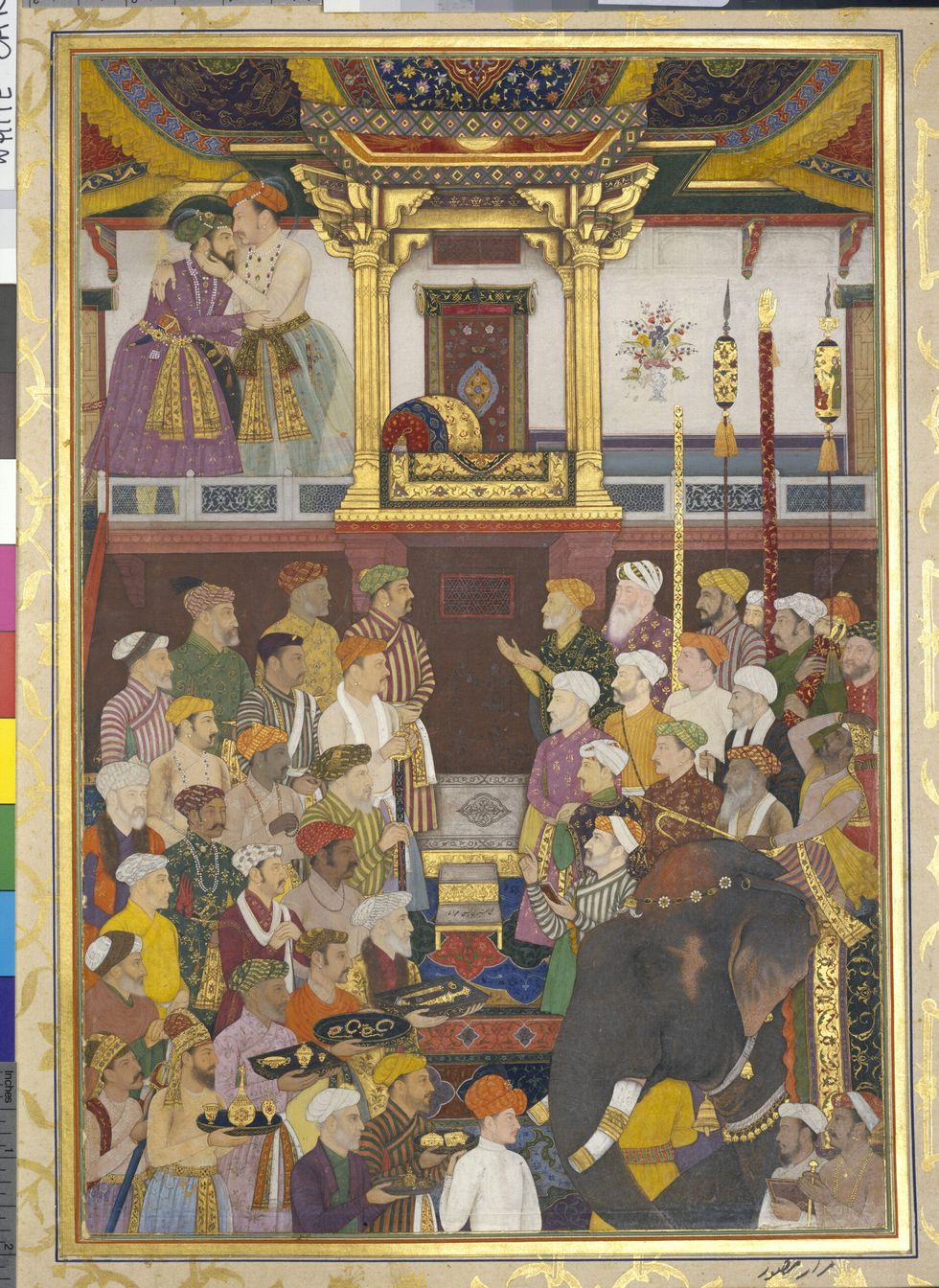
MK Gallery, which is exhibiting Beyond the Page until June 2 at The Box in Plymouth after opening at its home base in Milton Keynes, has taken Mughal miniatures from the past and shown how the style has been adapted by contemporary artists. In fact, the exhibition is called Beyond the Page: South Asian Miniatures and Britain, 1600 to now. The two exhibitions have some contemporary artists in common – for example, the Singh Twins and Shahzia Sikander.
Beyond the Page has won high praise from art experts, among them Richard Blurton, author of India: A History in Objects, based on collections at the British Museum, and Divia Patel, curator, south Asia in the Asian department at the V&A.
Blurton, who was a curator at the British Museum for 32 years and retired in 2018 as head of its south and southeast Asia section, told Eastern Eye: “This exhibition, with its fine catalogue and an interesting conference, was remarkable as it placed contemporary artistic activity from the subcontinent within an historical framework. Loans of Mughal and later paintings from national and regional collections were placed within a large array of works by contemporary artists demonstrating both continuity and change.
“And this activity took place in Milton Keynes – not in London – showing the way in which spaces outside the capital can be involved in new explorations of south Asian culture.”
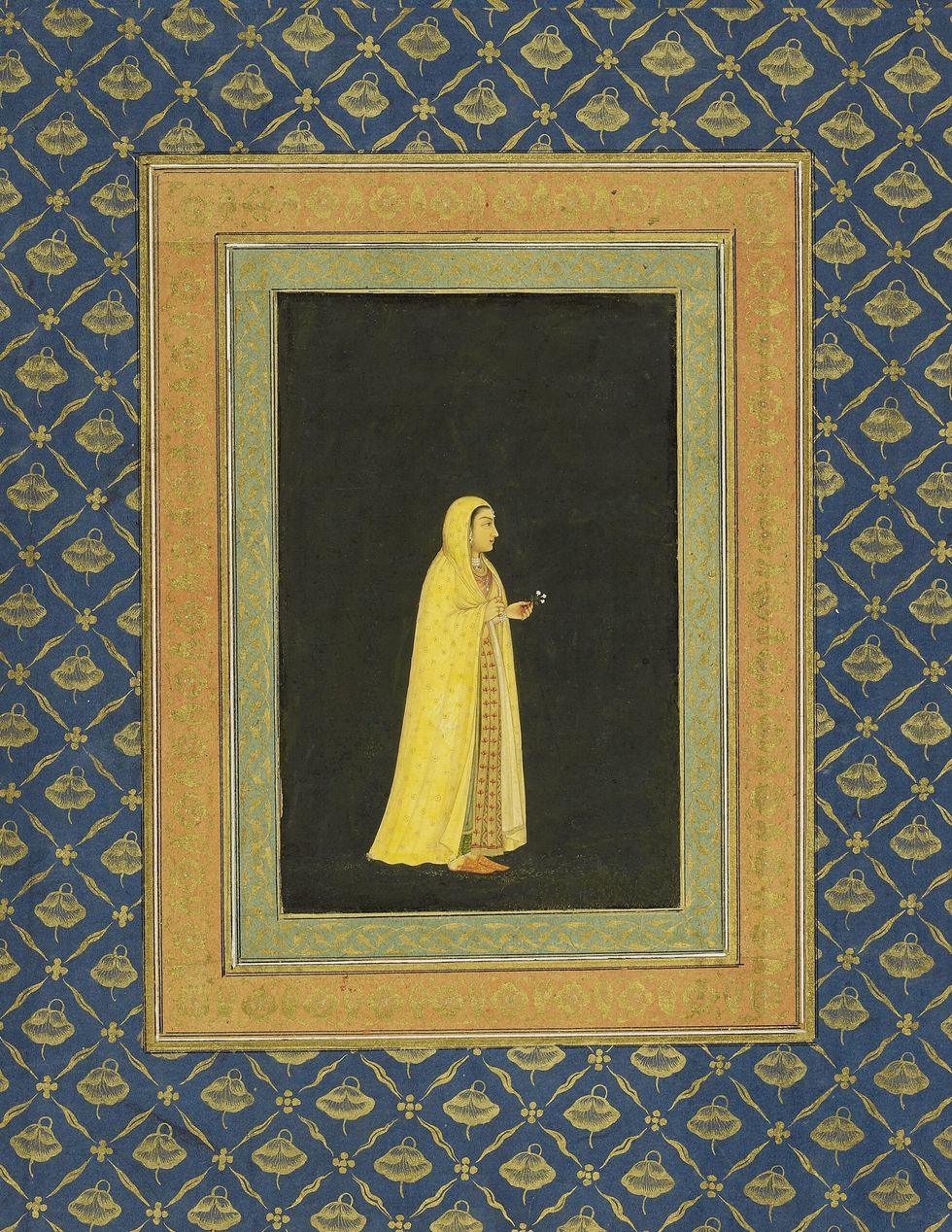
Patel said: “It was exciting to see the variety of works on display and the agency of contemporary artists in handling a complex range of topics. Underpinning the conceptualisation of the exhibition was the wealth of historic paintings in British collections accumulated as a result of colonialism.”
According to the MK Gallery in Milton Keynes: “Featuring over 180 works by artists from India, Bangladesh, Pakistan, Sri Lanka, Australia, Netherlands, UK and USA, Beyond the Page tells the dynamic story of contemporary art’s engagement with the ancient tradition of south Asian miniature painting.
“With a long history stretching back to the 9th century, south Asian miniatures are exquisite, small-scale paintings of exceptional beauty and technical skill which depict grand narratives from sacred and secular texts, illustrating tales of gods and goddesses, rulers, romances, mythology, and political intrigue.”
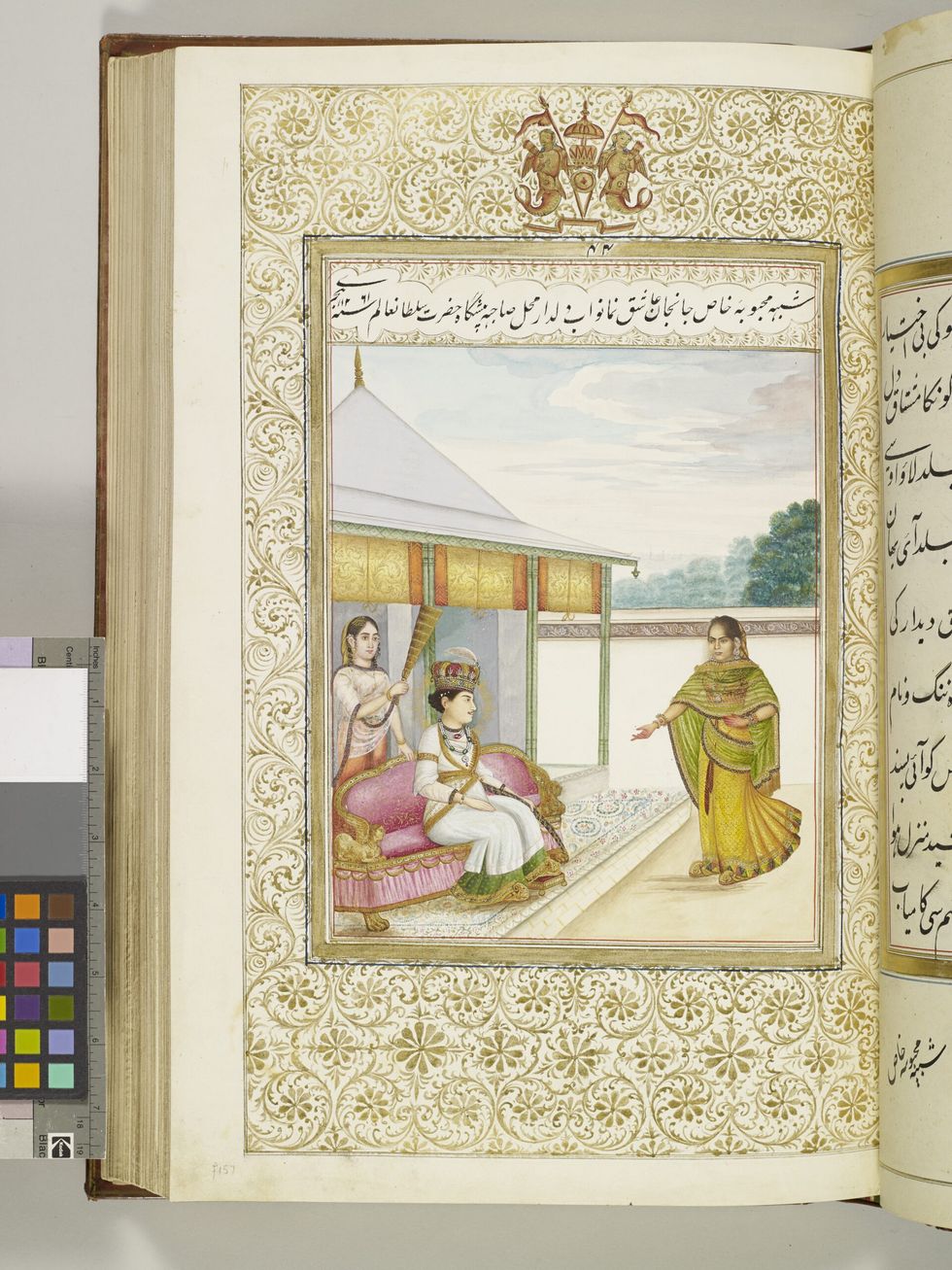
The exhibition “explores how the traditions of south Asian miniature painting have been reclaimed and reinvented by modern and contemporary artists, taken forward beyond the pages of illuminated manuscripts to experimental forms that include installations, sculpture, and film. In the early 20th century, miniature painting represented a strand of cultural resistance to colonial rule.
“In the late 20th and early 21st centuries, artists in south Asia and beyond continue to find contemporary relevance in the possibilities offered by the miniature tradition, including its: capacity to tell multiple narratives; challenge Western hierarchies of material and techniques; privileging an intimacy of encounter; and its propensity to combine conceptual strategies with exquisite craft skills.
“The exhibition features work by artists from different generations working in dialogue with the miniature tradition, including Hamra Abbas, David Alesworth, Nandalal Bose, Noor Ali Chagani, Lubna Chowdhary, Adbur Rahman Chughtai, Samuel Fyzee-Rahamin, NS Harsha, Howard Hodgkin, Ali Kazim, Bhupen Khakhar, Jess MacNeil, Imran Qureshi, Nusra Latif Qureshi, Mohan Samant, Nilima Sheikh, Willem Schellinks, the Singh Twins, Shahzia Sikander and Abanindranath Tagore.”
Contemporary works are shown, alongside examples of miniature painting dating as far back as the mid-16th century, drawn from major collections including the V&A and the British Museum. There are also historic works from the Royal Collection, Tate, the Ashmolean Museum, National Museums Scotland as well as private collections, including Deutsche Bank.
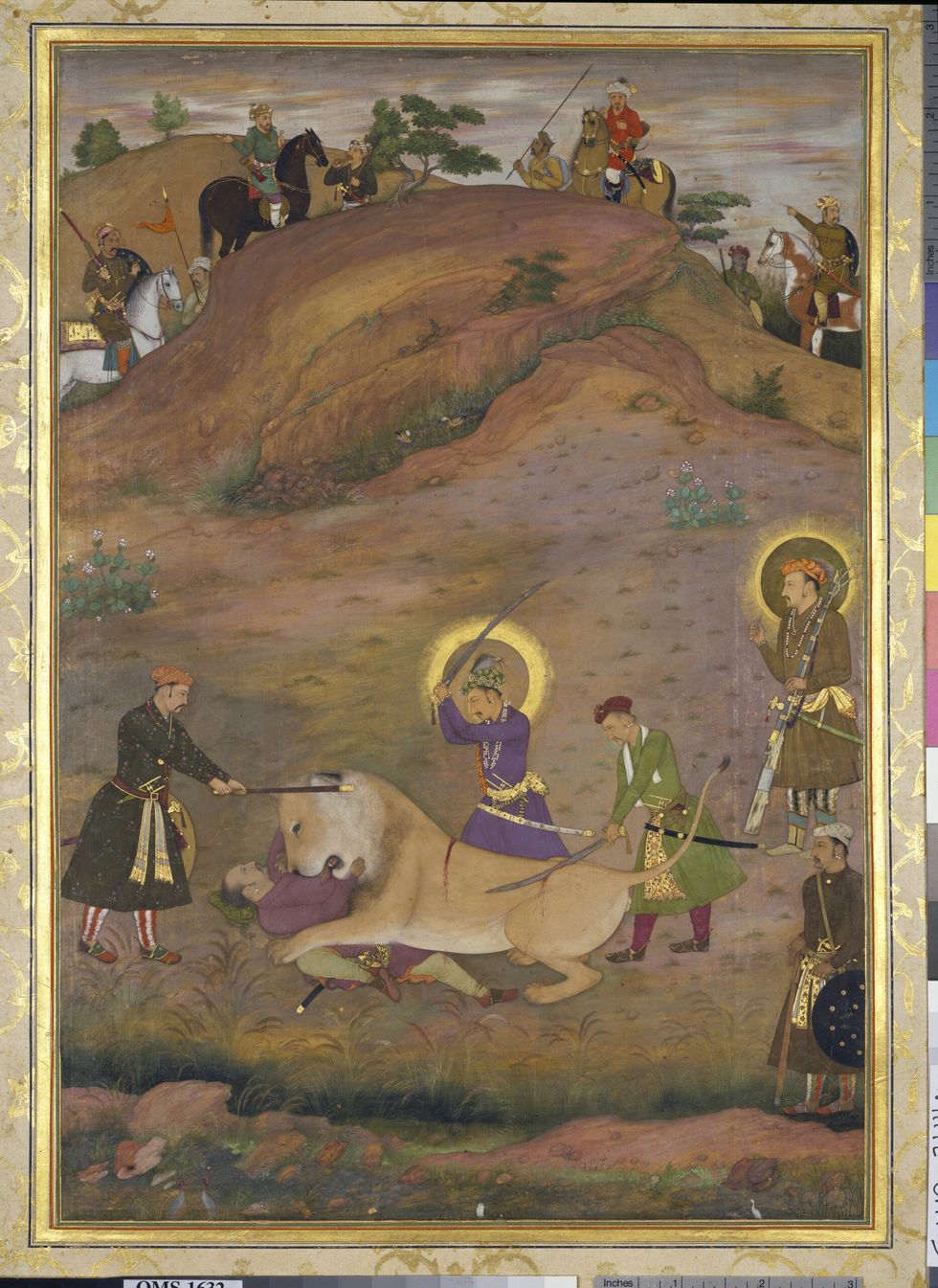
A highlight of the exhibition is a selection of pages from the Padshahnama (The Book of Emperors), loaned by King Charles from the Royal Collection – a 17th century manuscript with illuminated miniatures which constitute some of the finest Mughal paintings ever produced – whose reproductions in modern publications have inspired numerous contemporary responses.
MK Gallery says: “Raising questions of culture and power in the entangled histories of empire and globalisation, many of the greatest collections of south Asian miniature paintings and manuscripts are held in Britain. For more than 400 years Indian miniatures have arrived in Britain, from Mughal royal portraits presented to James I by his envoy to the Mughal court in the early 17th century, through to the vast collection of fine paintings and manuscripts amassed by employees of the East India Company. The process of these acquisitions and their central role within British and south Asian art histories is explored in the exhibition.
“For example, studying at London’s Royal College of Art in the mid-20th century, Zahoor ul Akhlaq (1941–1999) and Gulammohamed Sheikh (b. 1937) discovered new ways of engaging with the miniature tradition through the V&A’s rich collections of Indian miniature paintings. Returning to the subcontinent as influential teachers and practitioners, Akhlaq and Sheikh went on to inspire generations of artists – including NS Harsha, Imran Qureshi and Shahzia Sikander – associated with two of south Asia’s most important art schools, the National College of the Arts, Lahore, and the Faculty of Fine Arts at the Maharaja Sayajirao University, Baroda.”
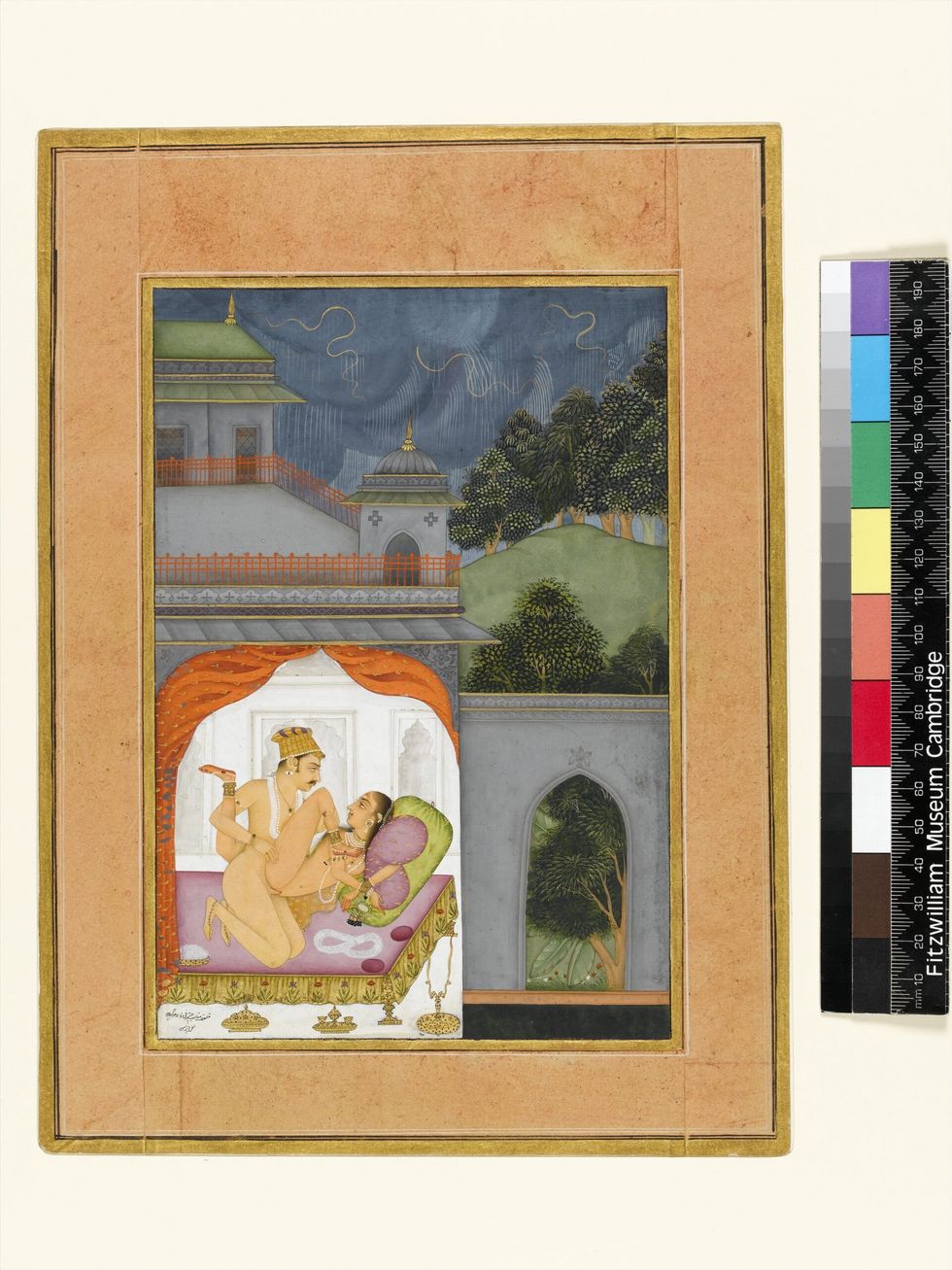
Beyond the Page has been curated by Hammad Nasar and Anthony Spira with advice from Emily Hannam (who won an Eastern Eye Art, Culture & Theatre Award in 2018 for her work on the exhibition, Splendours of the Subcontinent: A Prince’s Tour of India 1875-76 at the Queen’s Gallery in Buckingham Palace).
In the exhibition catalogue’s introduction, Hannam wonders: “Exactly how many south Asian miniatures are held in British collections? (Has anyone counted?) Should someone have counted? How would one even go about counting? The answer is surely tens of thousands (over a hundred thousand?), mostly in the collections of public museums and libraries. Are they all catalogued? What about the private collections?”
Beyond the Page is at The Box, Plymouth, until June 2
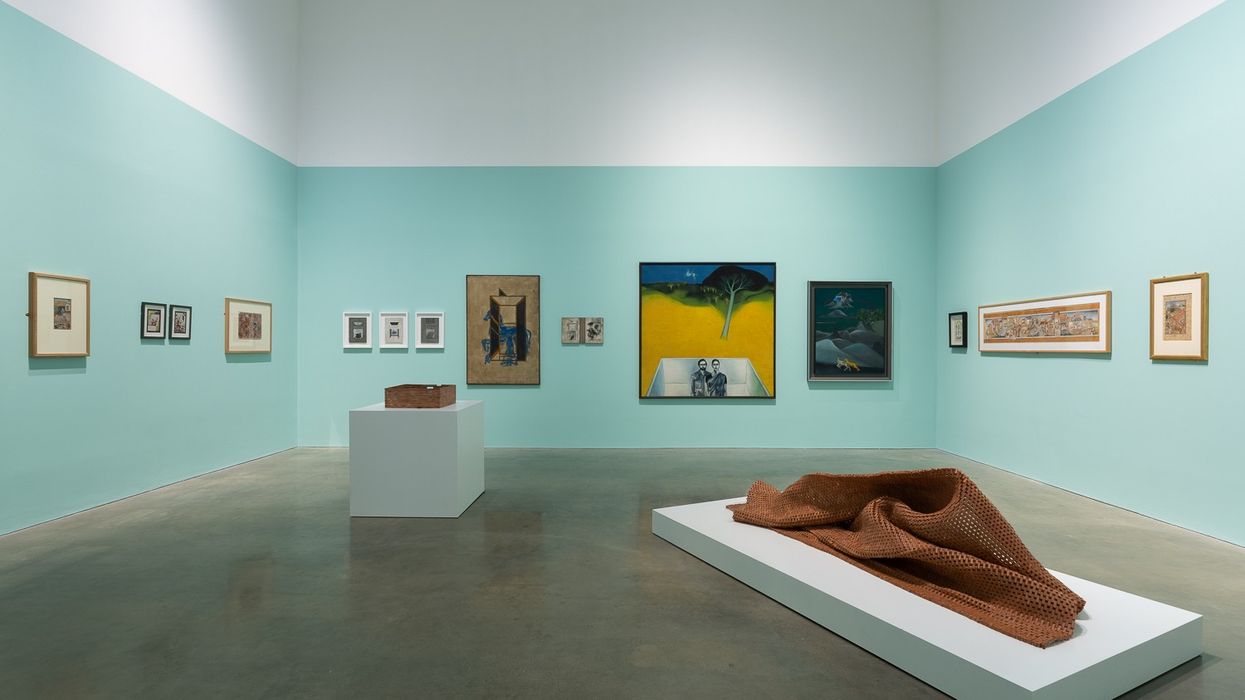
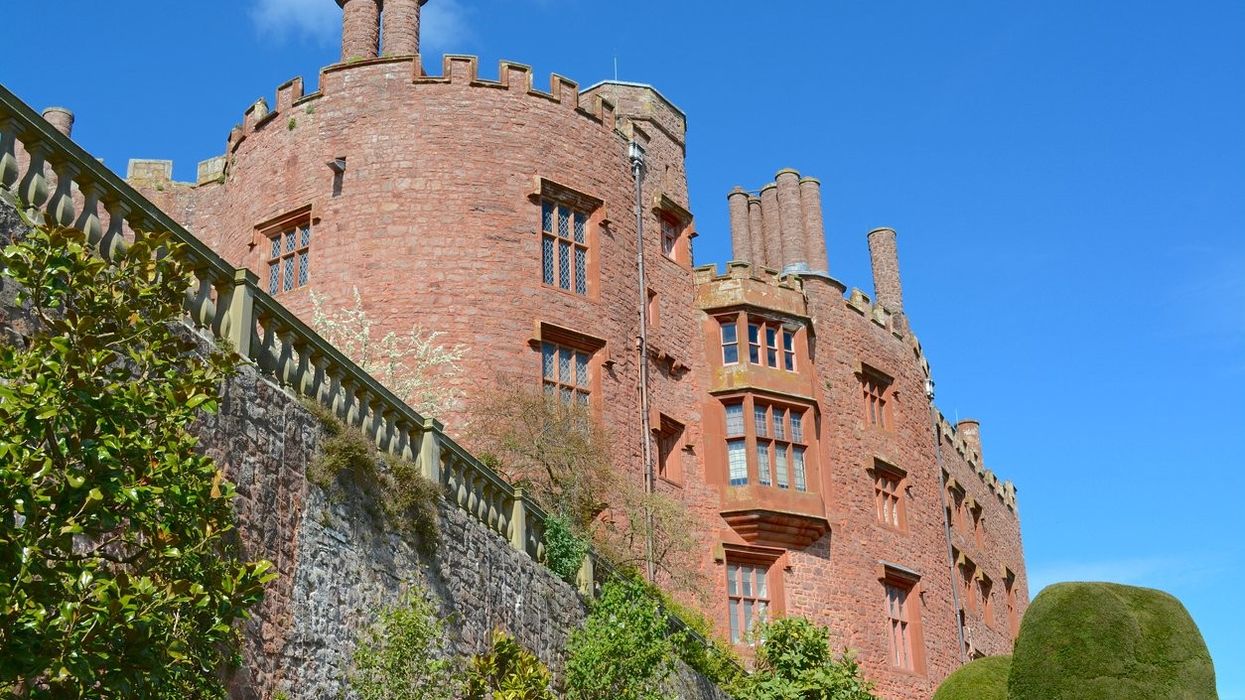
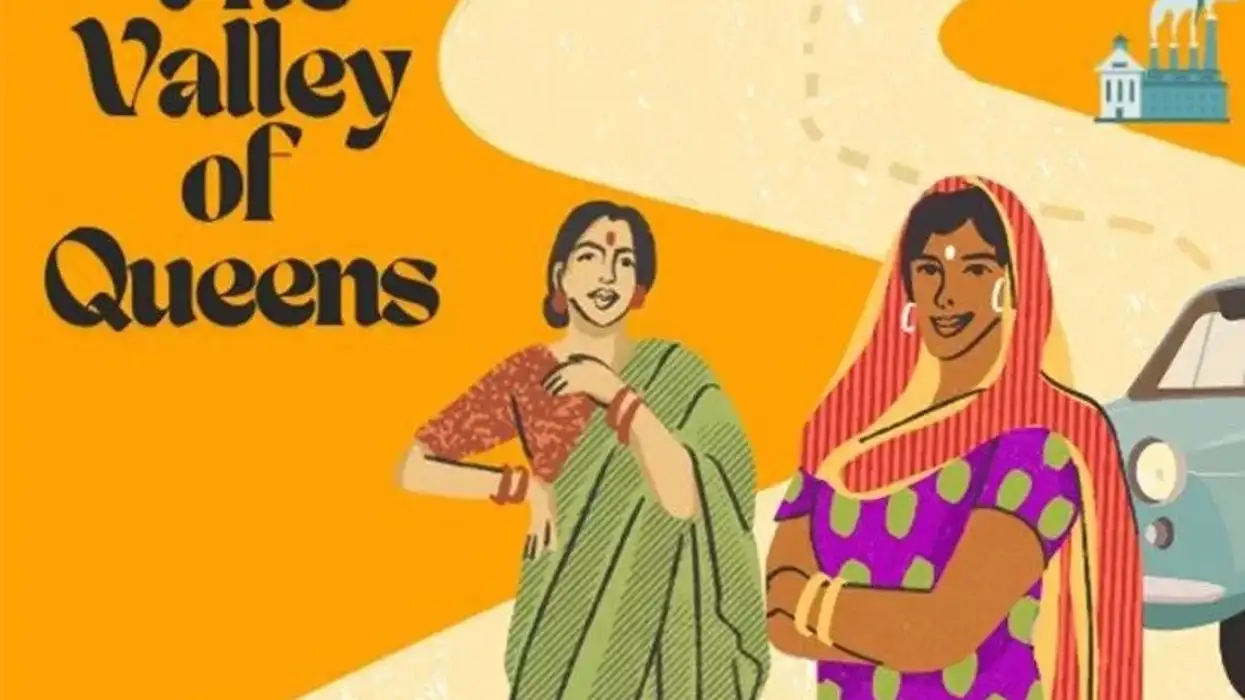
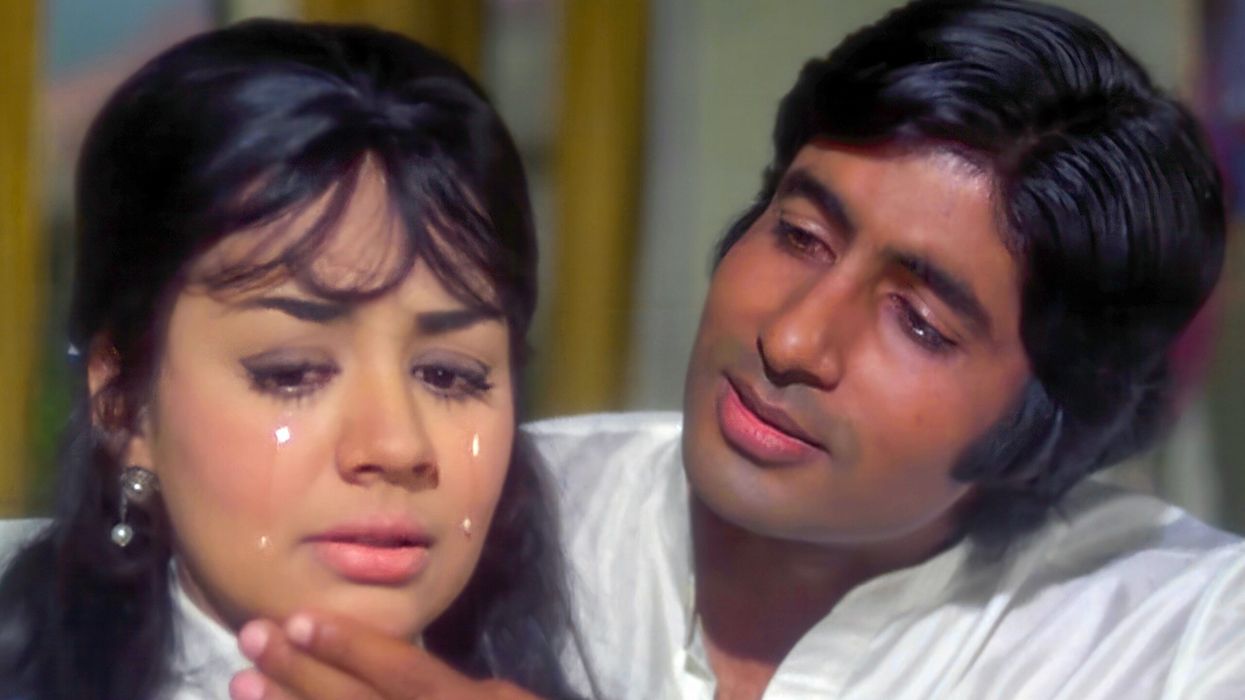
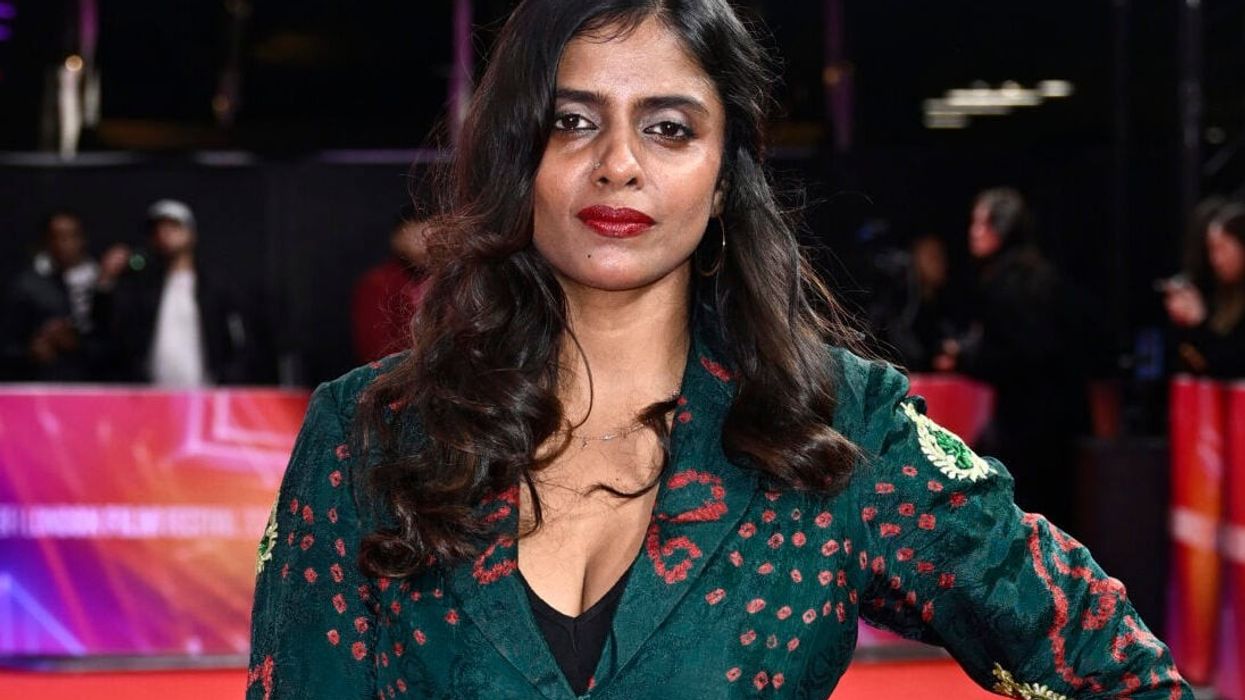
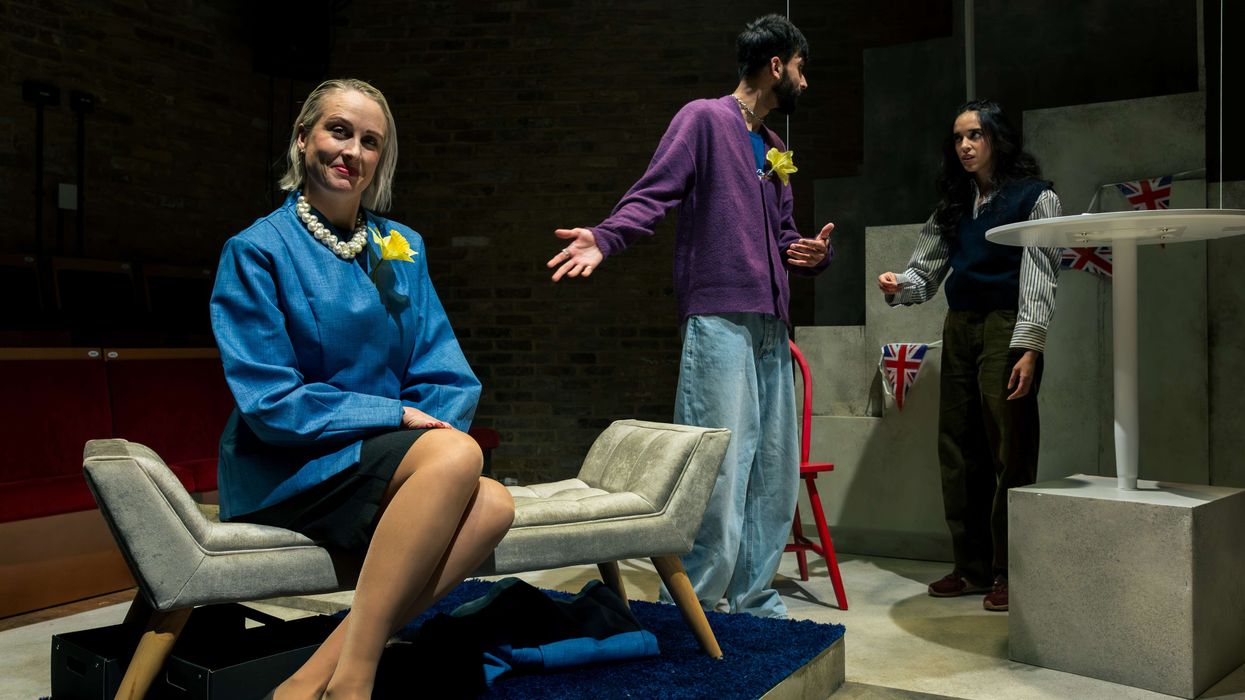
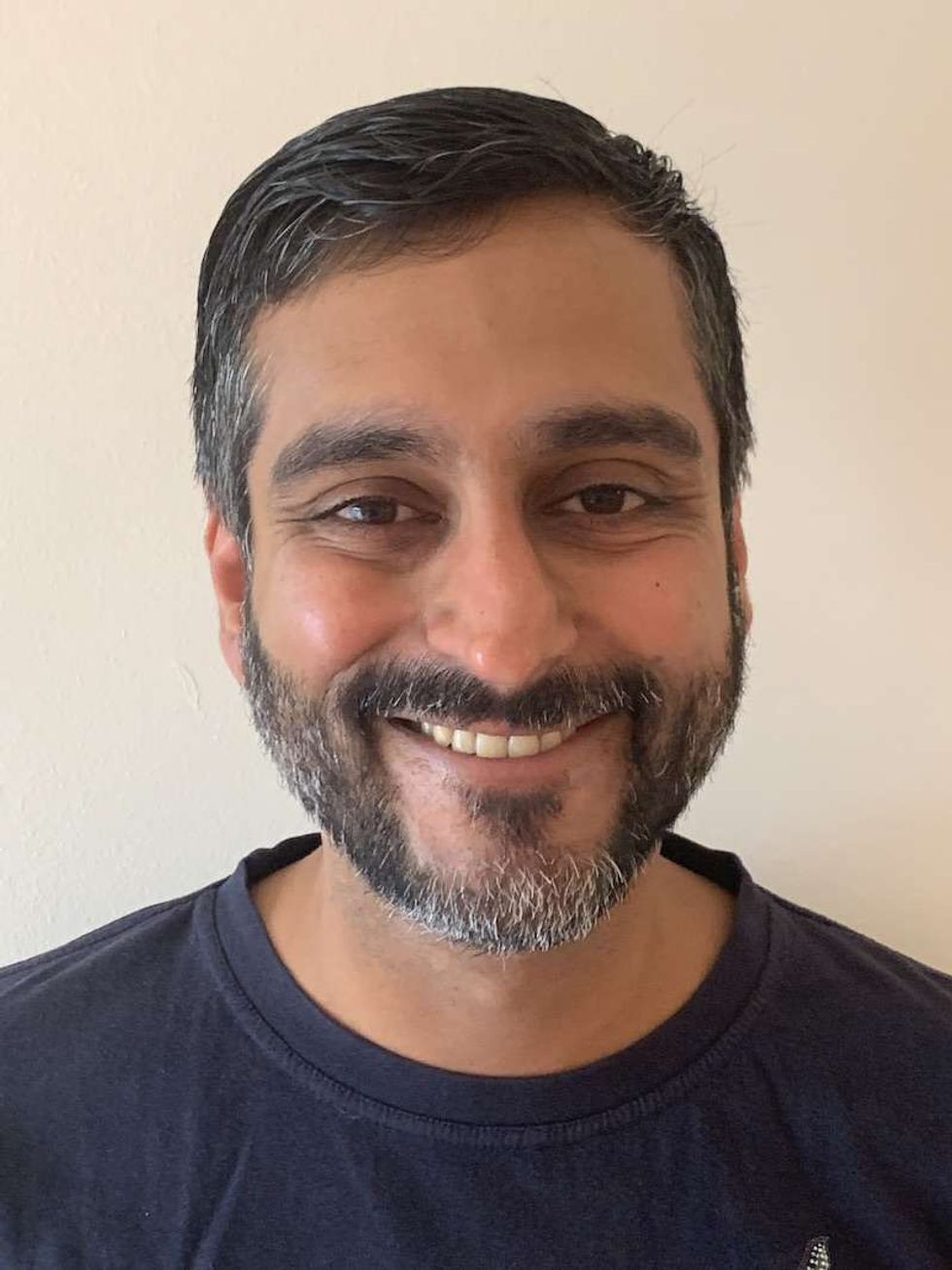 Vivek Nityananda
Vivek Nityananda 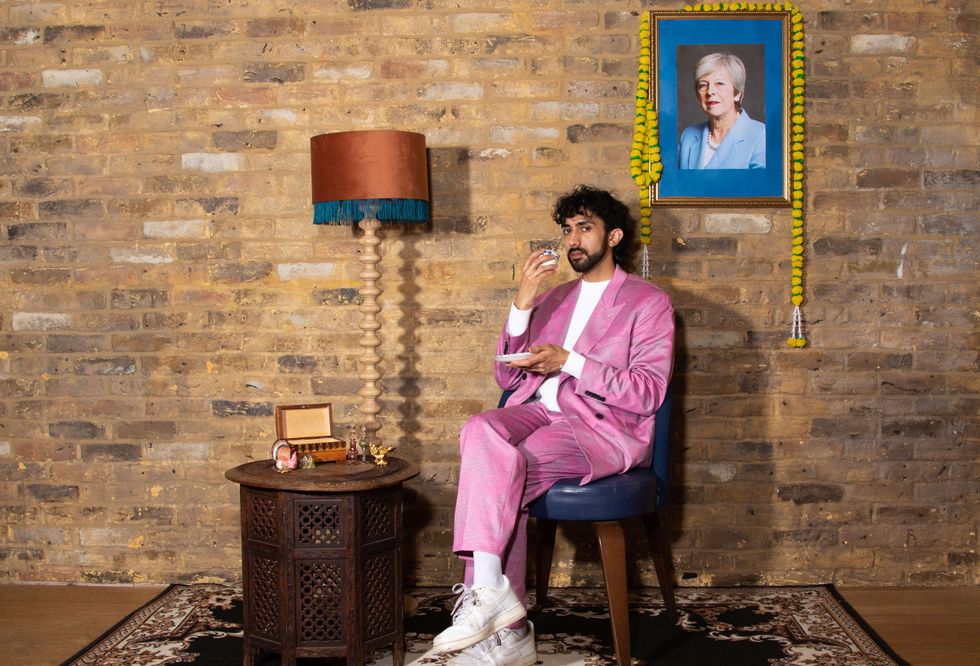 Taraash Mehrotra as Nikhil
Taraash Mehrotra as Nikhil